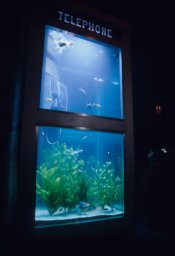dreamingartemis
Member
- Joined
- Apr 22, 2009
- Messages
- 316
- Format
- Multi Format
Hi,
I have a question, I am planning to shoot Provia 400x at night since this is E6 film and I know how unforgiving it can be, how should I meter for shooting at night?
For B&W and C41 film (HP5+ and Portra 400) I can easily just push it a few stops over just to get all the details I need, but this is slide and I know at the most it has an exposure latitude of 1 to 2 stops at best.
I would like to test but where I am from there isn't anyone processing E6 film and I plan to use it all this November in Japan (Tokyo) and have it developed there before coming back.
Thanks in advance.
I have a question, I am planning to shoot Provia 400x at night since this is E6 film and I know how unforgiving it can be, how should I meter for shooting at night?
For B&W and C41 film (HP5+ and Portra 400) I can easily just push it a few stops over just to get all the details I need, but this is slide and I know at the most it has an exposure latitude of 1 to 2 stops at best.
I would like to test but where I am from there isn't anyone processing E6 film and I plan to use it all this November in Japan (Tokyo) and have it developed there before coming back.
Thanks in advance.















 and since I am going to Japan for a month, I figure I better shoot it all off when I am there. There is no more E6 processing in Malaysia.
and since I am going to Japan for a month, I figure I better shoot it all off when I am there. There is no more E6 processing in Malaysia.

